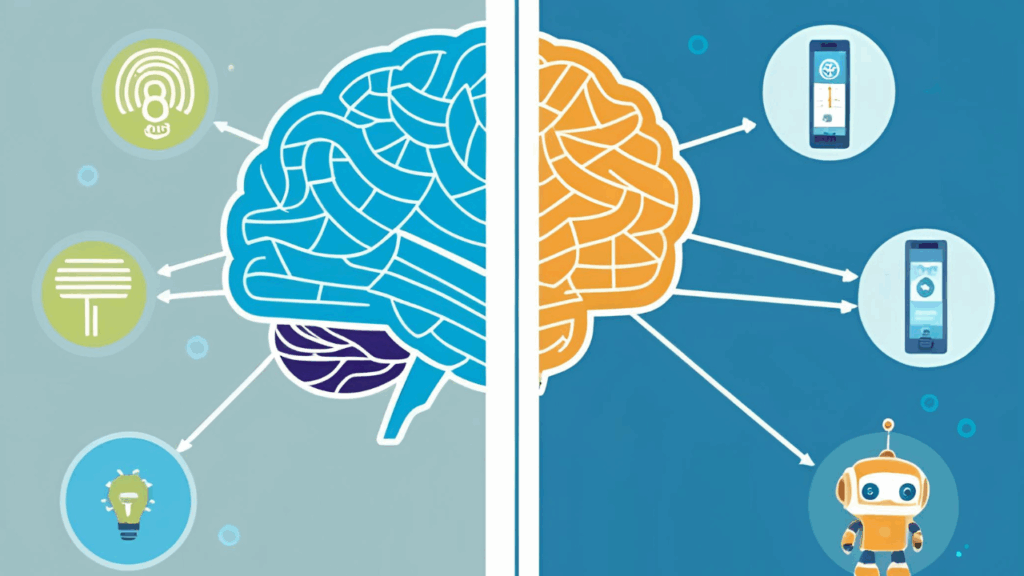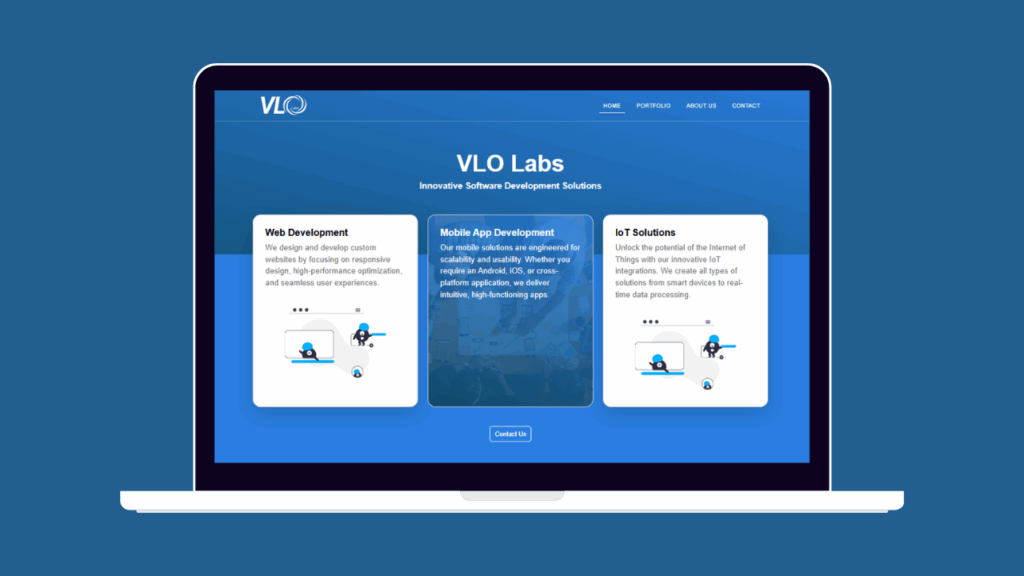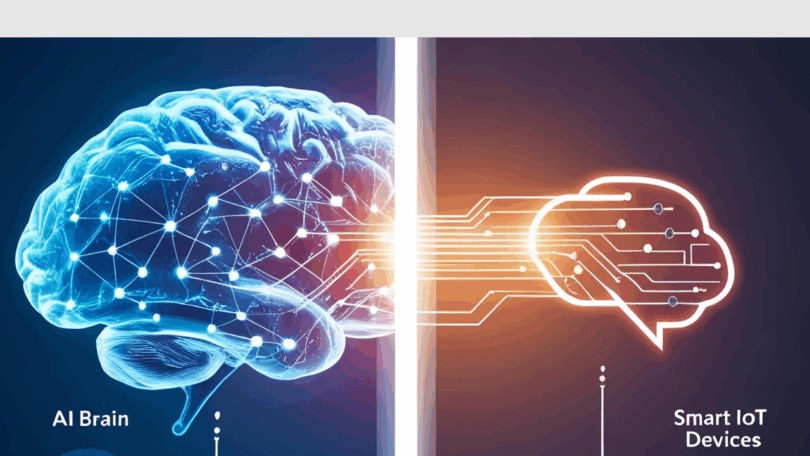Artificial Intelligence (AI) models are growing more powerful every day, but their true potential lies not just in code or data — it’s in real-world application. While businesses race to implement AI, one crucial question remains: How do we connect these models to actual hardware, sensors, or devices?
That’s where the missing link comes in, the seamless integration of AI with Internet of Things (IoT) systems and physical infrastructure.
Understanding the Gap

Most AI models are trained in isolated environments with ideal data sets. They perform well in simulations but often stumble when deployed to real-world conditions.
Why? Because real-world devices — from wearables to industrial sensors — introduce unpredictable variables, limited connectivity, hardware constraints, and latency issues.
Bridging this gap requires more than just code. It demands a full-stack solution that understands:
- Hardware variability
- Data quality in real-time
- Network and edge computing limitations
- Security and privacy concerns
Why Bridging This Gap Matters
Without a proper link between AI and devices:
- Predictions can be inaccurate or outdated.
- User experiences become frustrating.
- Businesses miss out on automation and operational efficiency.
A well-implemented connection enables:
- Predictive maintenance in manufacturing
- Real-time health monitoring in wearables
- Energy optimization in smart buildings
- Faster decision-making through edge intelligence
According to McKinsey, integrating AI with hardware can unlock trillions in value across industries by 2030.
How VLO Labs Helps Close the Loop

VLO Labs specializes in transforming AI-powered ideas into real-world, scalable products. They help companies:




Whether you’re working on a smart home solution, a wearable health device, or an industrial AI system, VLO Labs ensures your models don’t just stay smart — they act smart.
Best Practices for Connecting AI to Devices
To make AI function efficiently in real-world environments, follow these best practices:
- Start with edge-friendly models – Optimize for latency and bandwidth.
- Use real-time data pipelines – Train with dynamic data, not just static sets.
- Plan for device diversity – Build flexible interfaces and APIs.
- Prioritize security – Use encryption, authentication, and OTA updates.
- Test in realistic environments – Simulations aren’t enough.
Learn more here about The Truth About the Limits of Artificial Intelligence!
Final Thoughts
The future of AI isn’t just about smarter algorithms — it’s about smarter actions powered by real-world connectivity. By bridging the gap between models and machines, businesses unlock the true potential of automation, insight, and innovation.







